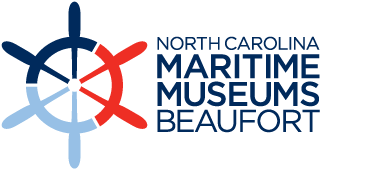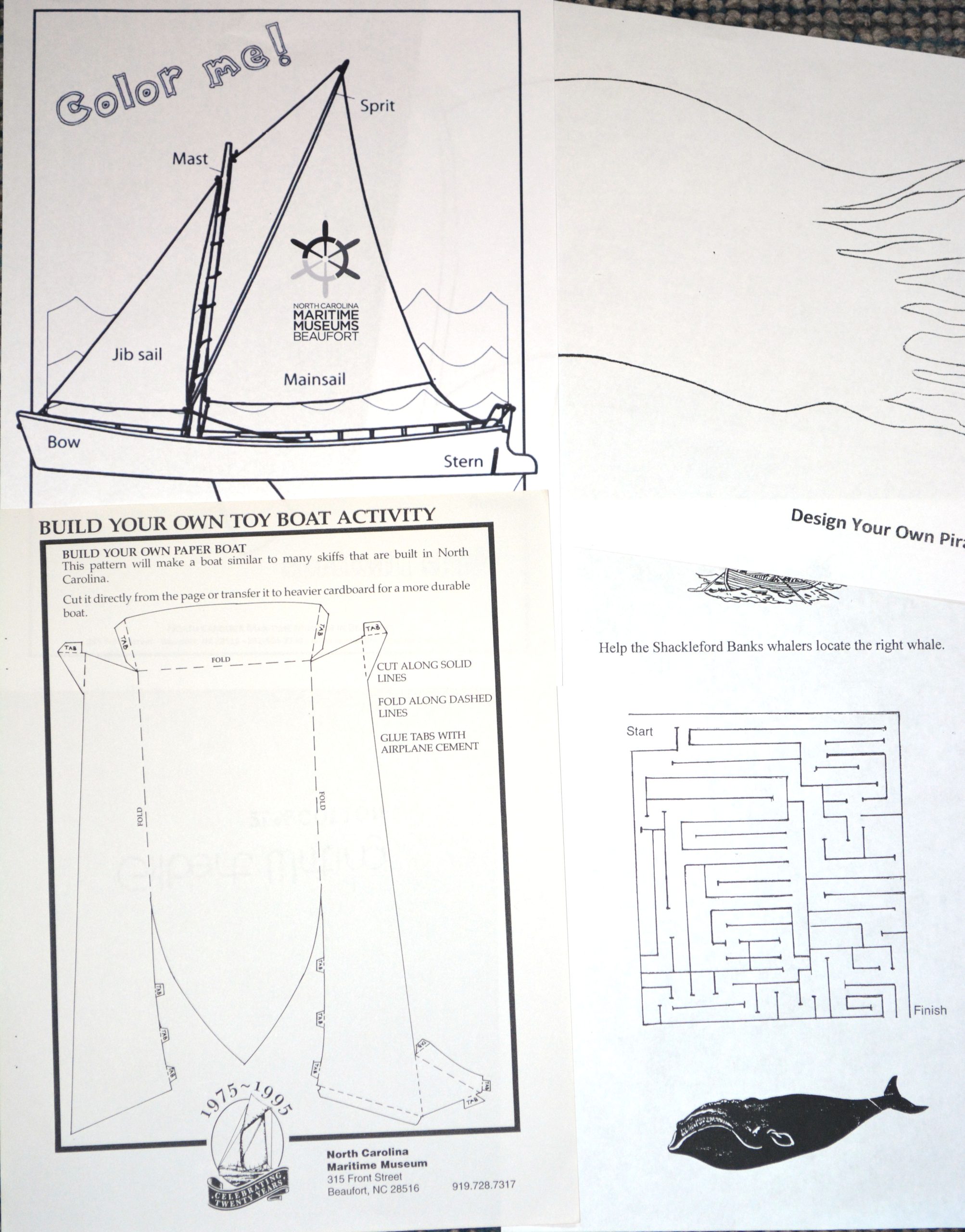
Activity sheets
Build your own paper boat, color a spritsail skiff, design your own pirate flag, and help the Shackleford Banks whalers locate the right whale.
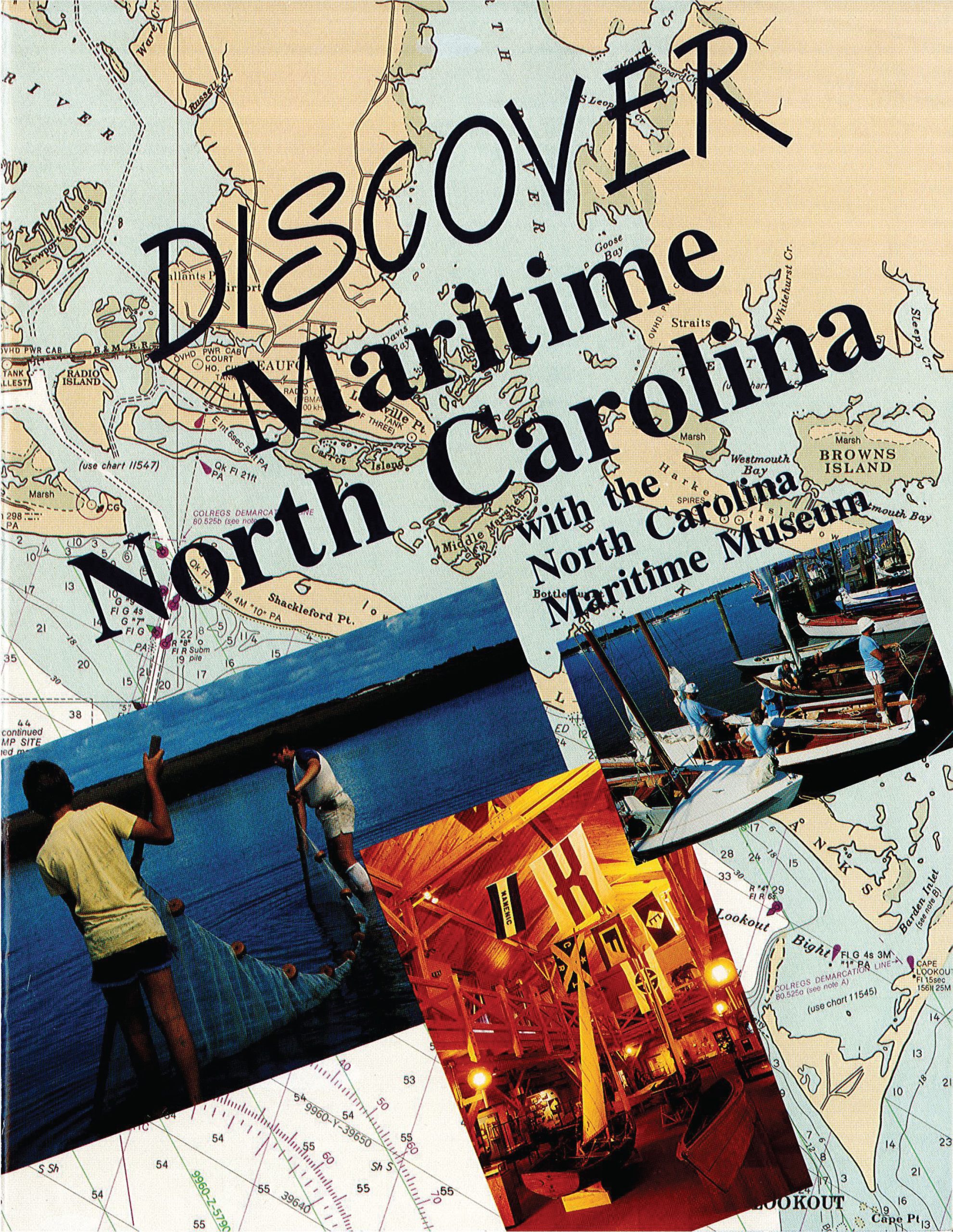
Discover Maritime N.C.
Learn about North Carolina’s coast, habitats, waters, shipwrecks and more in this booklet, created by former maritime museum staff.
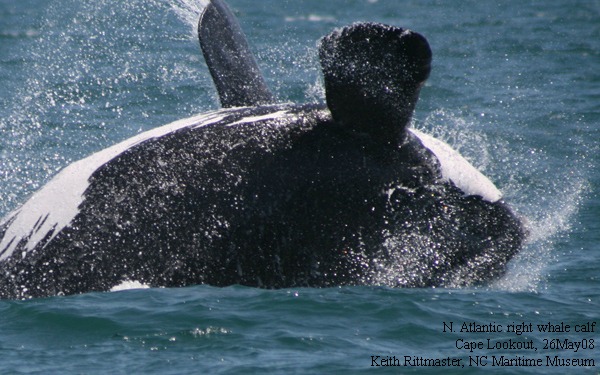
Fun with whales
Enjoy familiar games — a crossword and making words with letters — with a whale of a twist in these activities from our Summer Science School programs.
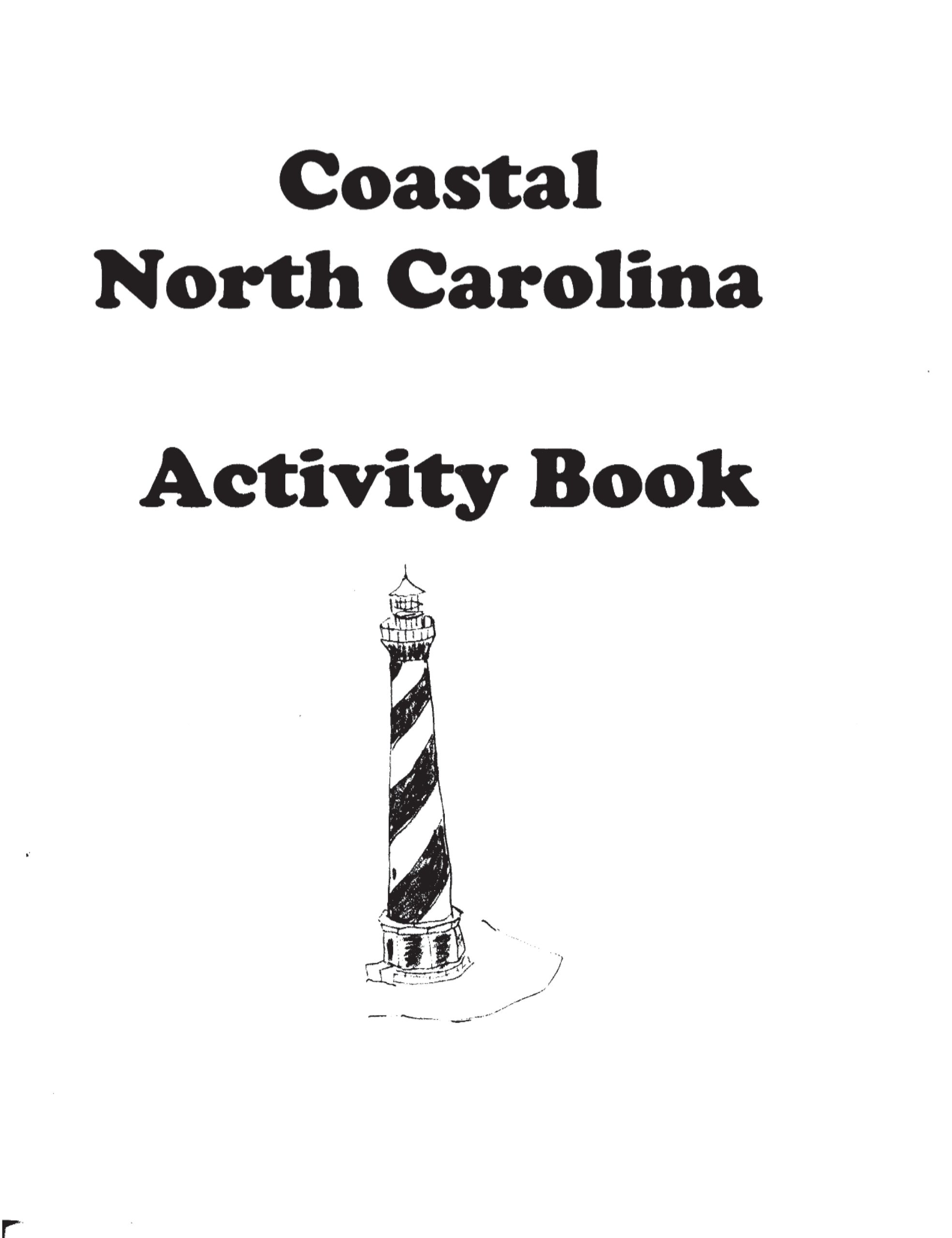
Coastal N.C. Activity Book
NOAA has also created an activity book about the North Carolina coast. It’s part of their Regional Activity Book Series.
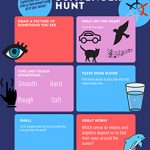
Senses Hunt
Put your senses to the test while exploring your house, yard or room.
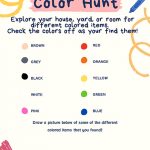
Color Hunt
Explore your house, yard or room to see how many colors you can discover!
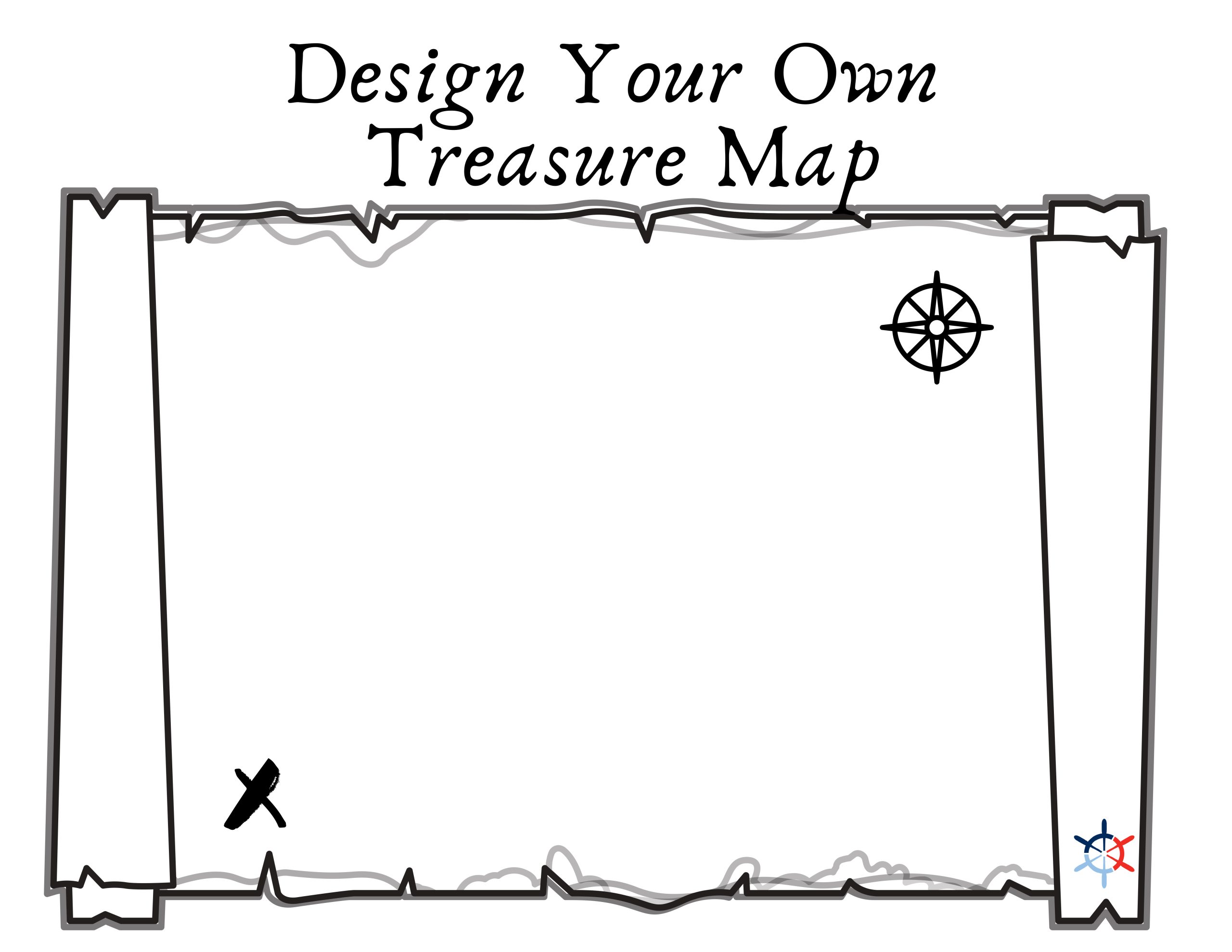
Make a treasure map
Create a map that leads to your very own hidden treasure. Want a little more instruction or a lesson for your students? Join Associate Curator Christine Brin on a treasure hunting journey!
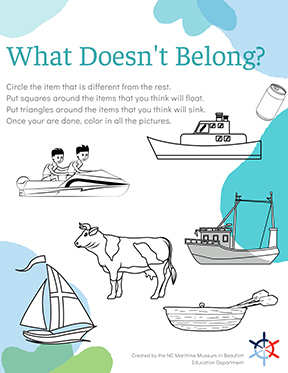
What doesn’t belong?
Take a look at these items then use different shapes to select what doesn’t belong, what will sink and what will float.
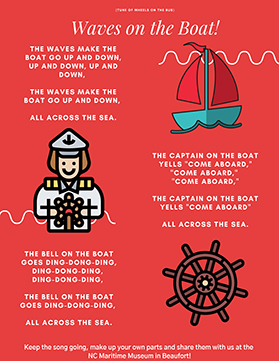
Waves on the Ship
Sing along to a familiar tune with a maritime twist.

Design a museum exhibit
The museum is building a new exhibit, but the plans are incomplete. Help staff design the new exhibit in the available space.
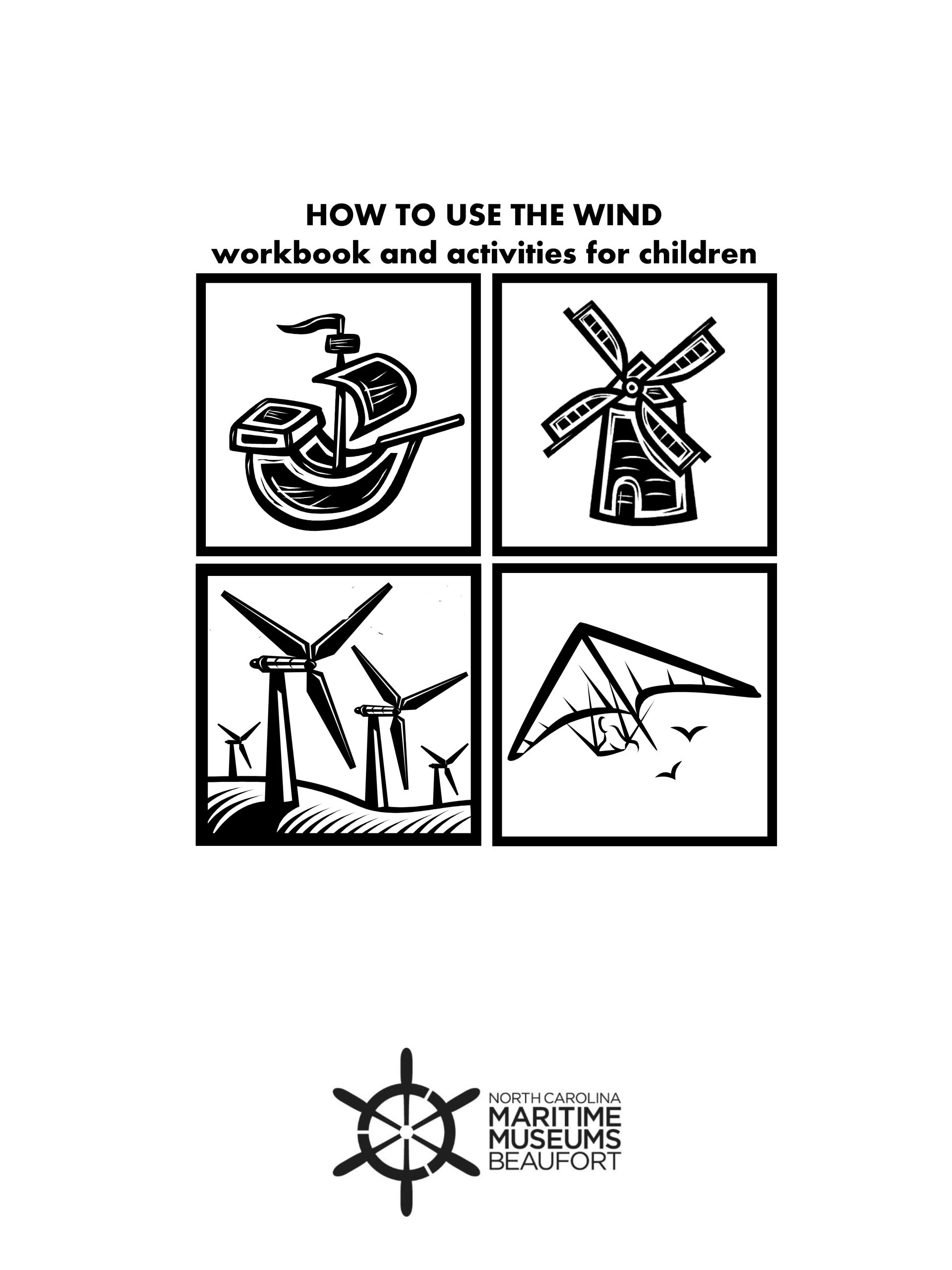
How to Use the Wind
What can you feel but not touch and hear but not see? Wind! Let’s enjoy some fun wind-themed puzzles and even learn how to make your own kite!
Cookie archaeology
Want to learn what it’s like being an archaeologist? Join museum Conservator Michelle Crepeau for cookie archaeology! In this video, Michelle will explain a bit about what she does as a conservator here and then lead a craft where you get to try your hand at recovering “artifacts.” All you need is a chocolate chip cookie, toothpick and a little water. (Pro tip: conservators don’t usually get to eat the artifacts, but we won’t tell if you do!)
Shark Tales Smell Challenge
Do you have what it takes to be a shark?! Join Education Associate Curator Christine Brin for a chance to find out! All you need are three cups, paper towels and lemon juice (or another scented liquid) for the basic activity. Ready for the advanced version? Grab 8 cups, a marker, tap water, tablespoon, teaspoon, mixing utensil, lemon juice and tomato juice. Happy hunting!
Dark Water Dive
Wonder what it takes to document a shipwreck, especially in murky conditions? Join Associate Education Curator Christine Brin on a Dark Water Dive and learn about the challenges facing our state’s maritime archaeologists. Grab about a dozen small items, a long piece of rope, eye covering, pencil and paper and dive on in!
Sea Monsters Live: Oysters
Join Associate Curator Christine Brin to learn about oysters and their anatomy! Click here for the activity sheet.
